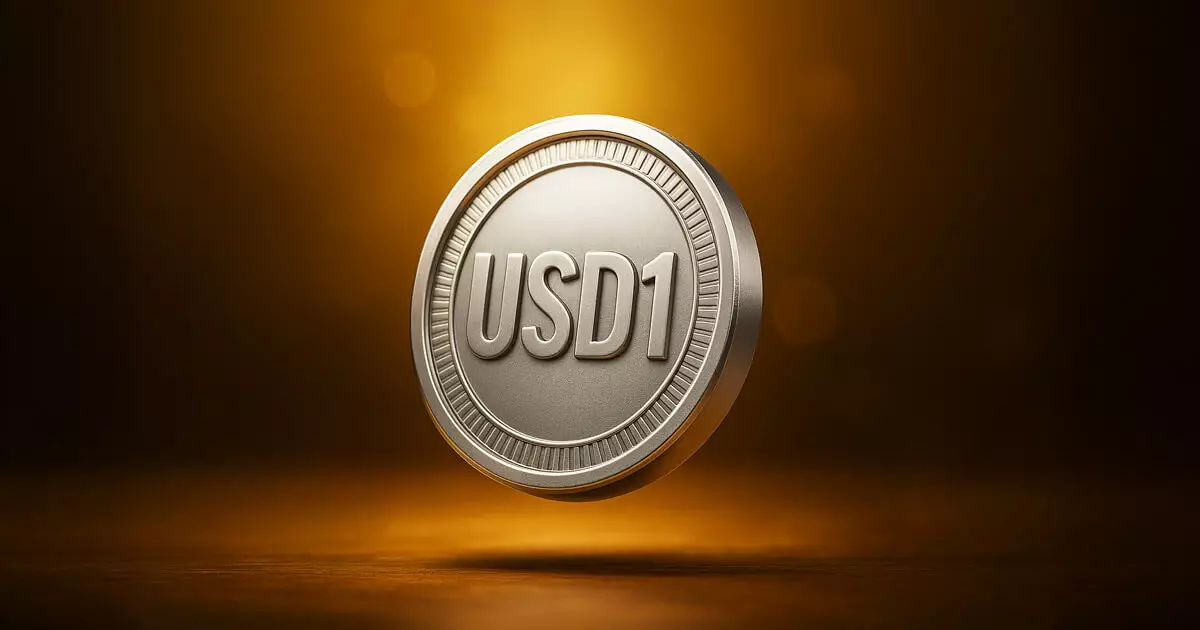Binance, a powerhouse in the cryptocurrency arena, is taking a bold step by listing the USD1 stablecoin from World Liberty Financial (WLFI), a venture tied to the Trump family. This development is more than just another listing; it could signal a seismic shift in the landscape of digital finance. By rolling out trading opportunities for the USD1/USDT pair, Binance is positioning itself at the forefront of a potentially monumental change. However, it’s crucial to dive deeper into what this really entails for the crypto market, users, and the larger financial ecosystem.
Geographical Limitations: A Double-Edged Sword
While the introduction of the USD1 stablecoin is exciting, its accessibility raises flags. Binance has imposed geographical restrictions, barring users in key markets such as the European Economic Area, the U.S., and parts of Ukraine from trading USD1. This regulatory handcuff may yield an inflated perception of USD1’s potential, as the removal of specific markets inherently reduces the breadth of its adoption. Such limitations could frustrate users who are eager to utilize this new asset and potentially give competitors an edge in user acquisition.
Expanding Horizons: USD1’s Growing Ecosystem
Despite the constraints, the listing coincides with a surge in interest surrounding USD1. Other platforms, including KuCoin and HTX, have already embraced this stablecoin, effectively broadening its visibility and reach. The strategic partnerships orchestrated by WLFI to weave USD1 into the fabric of decentralized finance are commendable. The integration with Chainlink’s Cross-Chain Interoperability Protocol (CCIP) stands out. This move allows USD1 to traverse multiple blockchain networks, encapsulating a visionary ethos aimed at making finance more accessible. It also showcases the ambition of WLFI to extend its influence beyond traditional boundaries.
Empowering the Unbanked: A Noble Mission?
Zach Witkoff’s assertion, highlighting a mission to assist 1.4 billion unbanked individuals, resonates with an altruistic vision for the future. While the mission itself is commendable, one must question the practicalities. Is simply launching a stablecoin the answer to the deep-rooted issues afflicting the unbanked? Without robust education, infrastructure, and regulatory clarity, these efforts may ultimately fall flat. It challenges the notion that financial inclusion can spring forth merely from innovative technology. True empowerment for the underbanked necessitates a holistic approach, combining digital solutions with real-world applications.
A Domineering Future for the Dollar
Witkoff’s plan to back USD1 with U.S. Treasuries to bolster the dollar’s global dominance is a forward-thinking move. However, questions linger regarding the sustainability of this approach. The very notion of stablecoins backed by traditional assets raises discussions about the long-term viability of maintaining such a peg. If economic instability or policy shifts occur, the reliance on U.S. Treasuries could create volatility rather than the promised stability.
The USD1 initiative, infused with ambition and wrapped in a promising package, does bode well in terms of innovation. The true measure of its success will ultimately rely on how well it can navigate the landscape of regulation, user acceptance, and the fulfillment of its aspirational goals. As the situation unfolds, it will be fascinating to see whether USD1 becomes a transformative player in finance or if it simply becomes another footnote in the history of cryptocurrency.

